Home>Furniture & Design>Interior Design Trends>How To Remove Resin From Glass
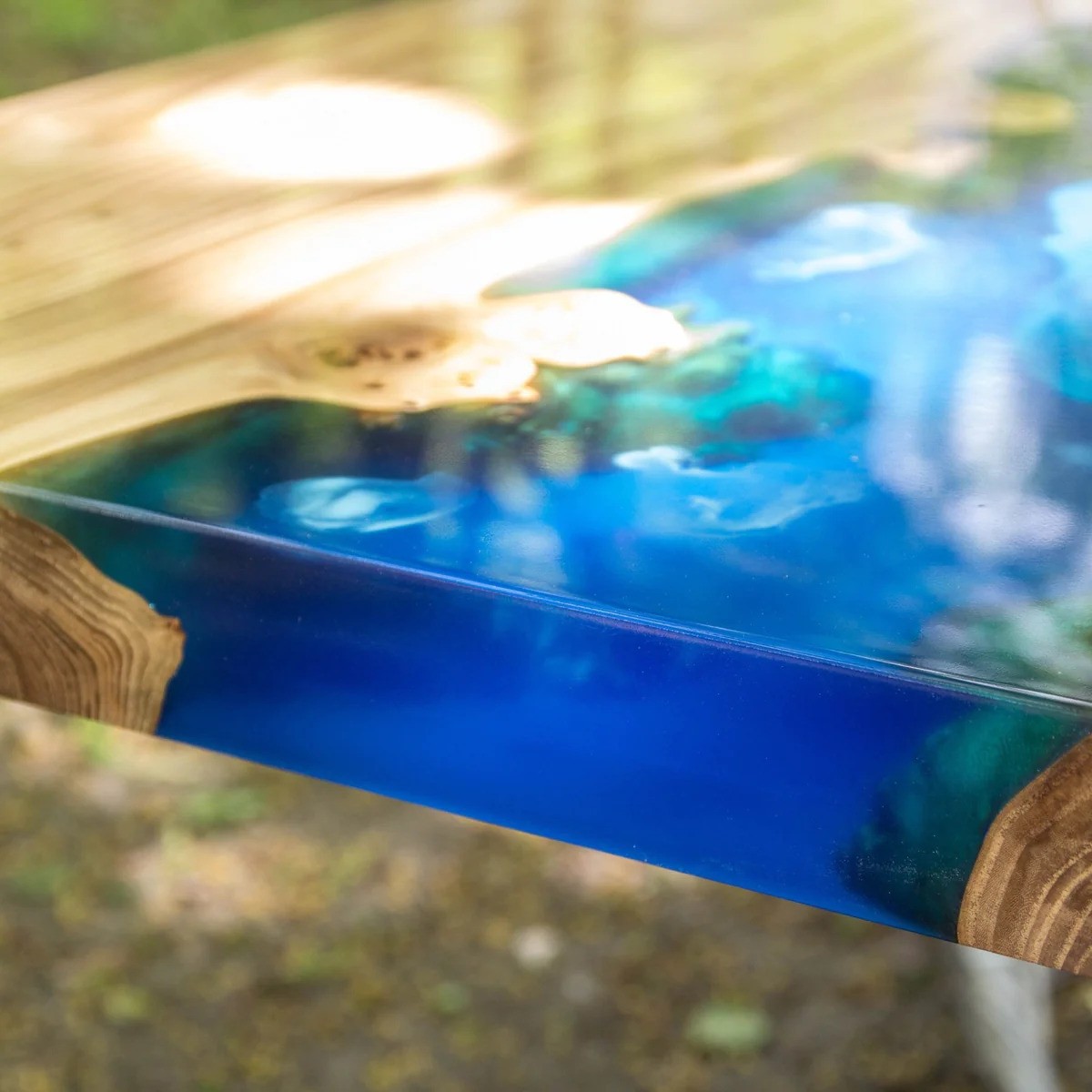

Interior Design Trends
How To Remove Resin From Glass
Published: February 4, 2024
Learn effective methods for removing resin from glass surfaces and keep up with the latest interior design trends. Discover expert tips for maintaining a pristine glass finish.
(Many of the links in this article redirect to a specific reviewed product. Your purchase of these products through affiliate links helps to generate commission for Storables.com, at no extra cost. Learn more)
Introduction
Removing resin from glass can be a challenging task, especially when it has hardened over time. Whether you're dealing with resin from smoking devices, spilled resin, or resin buildup on glass surfaces, it's essential to approach the cleaning process with care to avoid damaging the glass. Fortunately, with the right materials and techniques, you can effectively remove resin from glass and restore its clarity and shine.
Resin, a sticky substance derived from plants or synthetic sources, can adhere stubbornly to glass surfaces, making it difficult to remove. Over time, resin buildup can not only affect the appearance of glass but also compromise its functionality. Therefore, it's important to address this issue promptly to maintain the aesthetic appeal and usability of glass items.
In this comprehensive guide, we will explore the step-by-step process of removing resin from glass, covering various methods and materials that can be used to achieve optimal results. By following these instructions, you can effectively restore the pristine condition of your glass items and enjoy their beauty and functionality for years to come.
Key Takeaways:
- Say goodbye to stubborn resin on glass by soaking, scrubbing, and using solvents. Restore glass items to their original shine with simple household materials and careful cleaning techniques.
- With patience and the right materials, removing resin from glass is achievable. Soak, scrub, and dry glass items to eliminate unsightly resin buildup and preserve their beauty and functionality.
Read more: How To Clean Resin From Glass
Materials Needed
To effectively remove resin from glass, you will need a few essential materials to facilitate the cleaning process. These items are readily available and can be found in most households or easily obtained from local stores. Here's a list of the materials needed to tackle the task of resin removal from glass:
-
Rubbing Alcohol or Isopropyl Alcohol: This versatile solvent is highly effective in breaking down and dissolving resin. It serves as a key ingredient in many DIY glass cleaning solutions due to its ability to cut through stubborn residue.
-
Coarse Salt or Rice: Coarse salt or rice granules act as an abrasive agent when combined with a cleaning solution. They help dislodge and scrub away hardened resin from glass surfaces without causing scratches.
-
Cleaning Brushes or Pipe Cleaners: Small, soft-bristled brushes or pipe cleaners are ideal for reaching into narrow openings and crevices, such as those found in glass pipes or intricate glassware, to effectively remove resin buildup.
-
Microfiber Cloth or Soft Towel: A gentle, lint-free cloth is essential for wiping and drying the glass surfaces after the resin removal process. It helps ensure a streak-free and polished finish.
-
Warm Water: Using warm water in combination with other cleaning agents can help loosen and soften hardened resin, making it easier to remove from the glass.
-
Dish Soap or Glass Cleaner: A mild dish soap or specialized glass cleaner can be used to create a cleaning solution that aids in breaking down and removing resin from glass surfaces.
-
Plastic Bags or Sealable Containers: These are useful for soaking glass items in cleaning solutions, allowing the resin to loosen and soften before the scrubbing process.
-
Protective Gloves: When working with cleaning solvents and abrasive materials, it's important to protect your hands with gloves to prevent skin irritation or exposure to harsh chemicals.
-
Safety Goggles: While scrubbing and cleaning glass items, wearing safety goggles can protect your eyes from any accidental splashes of cleaning solutions or resin particles.
-
Ventilated Workspace: Ensure that you have adequate ventilation in the area where you'll be cleaning the glass items to minimize exposure to cleaning fumes and maintain a comfortable working environment.
By gathering these materials, you'll be well-prepared to tackle the task of removing resin from glass, ensuring a thorough and effective cleaning process.
Step 1: Soaking the Glass
The first step in removing resin from glass involves soaking the affected glass items in a suitable cleaning solution to soften and loosen the hardened resin. This initial soaking process is crucial for preparing the resin for easier removal and minimizing the effort required for scrubbing.
To begin, prepare a cleaning solution by combining warm water with a generous amount of dish soap or glass cleaner in a plastic container or sealable bag. The warm water helps to gradually soften the resin, making it more responsive to the cleaning solution. If the resin buildup is particularly stubborn, adding a small amount of rubbing alcohol to the solution can enhance its effectiveness in breaking down the resin.
Carefully place the glass items into the container or bag, ensuring that they are fully submerged in the cleaning solution. If dealing with smaller glass pieces or intricate glassware, such as pipes or decorative items, consider using a sealable bag to immerse them completely in the solution. This allows the resin to be thoroughly soaked and softened, facilitating the subsequent cleaning process.
Once the glass items are submerged, seal the container or bag and allow them to soak for an extended period, typically ranging from several hours to overnight. This prolonged soaking duration ensures that the resin is adequately softened, making it easier to remove during the subsequent cleaning steps.
During the soaking process, periodically agitate the container or gently massage the bag to encourage the cleaning solution to penetrate the resin buildup and accelerate the softening process. This agitation helps to dislodge the resin from the glass surfaces and allows the cleaning solution to reach all areas of the affected glass items.
After the designated soaking period, carefully remove the glass items from the cleaning solution and proceed to the next step of the resin removal process. The soaking phase prepares the resin for effective removal, setting the stage for the subsequent cleaning and scrubbing actions to restore the glass to its original clarity and shine.
By diligently following this soaking step, you can effectively prepare the resin for removal, laying the foundation for a successful cleaning process that rejuvenates the glass items and eliminates unsightly resin buildup.
Step 2: Scrubbing the Glass
After the glass items have undergone the soaking process to soften the resin, the next crucial step involves scrubbing the glass to remove the loosened residue effectively. This step requires careful attention to ensure that the glass surfaces are thoroughly cleaned without causing any damage.
To begin the scrubbing process, carefully remove the glass items from the cleaning solution and inspect them to assess the extent of resin softening. Using a soft-bristled cleaning brush or a pipe cleaner, gently scrub the glass surfaces to dislodge the softened resin. For intricate or hard-to-reach areas, consider using specialized cleaning brushes designed for glassware to ensure thorough cleaning.
In cases where the resin buildup is particularly stubborn, the addition of coarse salt or rice granules to the cleaning brush can provide an abrasive action that aids in removing the residue without scratching the glass. The abrasive nature of the salt or rice, when combined with the cleaning solution, helps to effectively scrub away the softened resin, restoring the glass to its pristine condition.
As you scrub the glass, pay close attention to areas where resin may have accumulated, such as the interior of glass pipes or the crevices of decorative glassware. Gently work the cleaning brush or pipe cleaner into these areas, ensuring that all traces of resin are effectively removed. Take care to avoid using excessive force, as this may lead to accidental breakage or damage to the glass.
Throughout the scrubbing process, periodically rinse the glass items with warm water to remove dislodged resin and cleaning solution residue. This rinsing action helps to prevent re-deposition of the resin and ensures that the glass surfaces are thoroughly cleaned. Additionally, inspect the glass items under adequate lighting to identify any remaining traces of resin and address them promptly.
Once the scrubbing process is complete, thoroughly rinse the glass items with warm water to remove any remaining cleaning solution and residue. Use a microfiber cloth or a soft towel to gently dry the glass surfaces, ensuring a streak-free and polished finish.
By diligently following the scrubbing process, you can effectively remove the softened resin from the glass, restoring its clarity and luster. This meticulous approach ensures that the glass items are thoroughly cleaned without compromising their integrity, allowing you to enjoy their beauty and functionality once again.
Soak the glass in rubbing alcohol or acetone for a few hours to loosen the resin. Then, use a scraper or razor blade to gently remove the softened resin from the glass.
Step 3: Using Solvents
In cases where the resin buildup on glass surfaces proves to be particularly stubborn or resistant to traditional cleaning methods, the use of solvents can provide an effective solution for breaking down and removing the hardened residue. Solvents are powerful agents that can penetrate and dissolve resin, facilitating its removal from glass items with greater ease and efficiency.
One of the most commonly used solvents for removing resin from glass is rubbing alcohol or isopropyl alcohol. This versatile solvent possesses strong dissolving properties, making it highly effective in breaking down and loosening hardened resin. When using rubbing alcohol as a solvent, it is important to handle it with care and ensure adequate ventilation in the workspace to minimize exposure to fumes.
To utilize rubbing alcohol as a solvent for resin removal, apply a generous amount of the alcohol to the affected areas of the glass surfaces. Allow the alcohol to penetrate the resin for a few minutes, effectively softening and dissolving the stubborn buildup. This process can be particularly beneficial for glass pipes or smoking devices where resin tends to accumulate and harden over time.
In addition to rubbing alcohol, other solvents such as acetone or nail polish remover can also be effective in breaking down resin on glass surfaces. These solvents work by penetrating the resin and weakening its adhesive properties, making it easier to remove from the glass. However, it is important to exercise caution when using these solvents, as they may have stronger chemical properties that can potentially affect certain types of glass or surface finishes.
When applying solvents to remove resin from glass, it is essential to follow safety precautions, including wearing protective gloves and ensuring adequate ventilation in the workspace. Additionally, carefully read and adhere to the instructions and warnings provided on the solvent containers to minimize any potential risks associated with their use.
After applying the solvent to the resin-affected areas, gently scrub the glass surfaces using a soft-bristled brush or a cloth to aid in the removal of the softened residue. Once the resin has been effectively loosened and dislodged, thoroughly rinse the glass items with warm water to remove any remaining solvent and residue, followed by drying with a microfiber cloth or soft towel.
By incorporating the use of solvents into the resin removal process, you can effectively tackle stubborn resin buildup on glass surfaces, restoring their clarity and cleanliness. However, it is important to exercise caution and follow proper safety measures when using solvents to ensure a safe and successful resin removal experience.
Read more: How To Collect Resin From A Glass Pipe
Step 4: Final Cleaning and Drying
After the resin removal process, the final cleaning and drying step is essential to ensure that the glass surfaces are thoroughly cleansed and restored to their original clarity and shine. This meticulous phase focuses on eliminating any remaining residue and ensuring that the glass items are impeccably clean and ready for use.
To begin the final cleaning stage, thoroughly rinse the glass items with warm water to remove any traces of cleaning solution, solvent, or dislodged resin. This rinsing action helps to eliminate residual substances and ensures that the glass surfaces are free from any lingering residue. Pay close attention to intricate areas and crevices, ensuring that all remnants of the cleaning agents are effectively washed away.
Following the rinsing process, inspect the glass items under adequate lighting to identify any remaining traces of resin or residue. If any stubborn residue is detected, gently scrub the affected areas with a soft-bristled brush or cloth, using a mild dish soap or glass cleaner to ensure thorough cleansing. This targeted cleaning approach helps to address any lingering traces of resin and guarantees that the glass surfaces are impeccably clean.
Once the glass items have been meticulously cleaned, it is crucial to ensure that they are thoroughly dried to prevent water spots or streaks. Use a clean, lint-free microfiber cloth or soft towel to gently dry the glass surfaces, ensuring a streak-free and polished finish. Pay attention to intricate details and hard-to-reach areas, ensuring that all moisture is effectively removed to reveal the pristine appearance of the glass.
As the glass items are being dried, inspect them to verify that they are free from any remaining residue or streaks. If necessary, perform a final inspection under adequate lighting to confirm that the glass surfaces are impeccably clean and free from any traces of the resin removal process. This meticulous attention to detail ensures that the glass items are restored to their original clarity and brilliance.
Upon completing the final cleaning and drying process, the glass items are ready to be admired and utilized once again. Whether it's decorative glassware, smoking devices, or other glass items, the thorough cleaning and drying process ensure that they are free from resin buildup and present a pristine appearance.
By diligently following the final cleaning and drying step, you can confidently showcase the beauty and cleanliness of the glass items, knowing that they have been meticulously restored to their optimal condition. This comprehensive approach guarantees that the glass surfaces are free from any remnants of the resin removal process, allowing you to fully appreciate their clarity and luster.
Conclusion
In conclusion, the process of removing resin from glass requires patience, attention to detail, and the use of effective cleaning techniques and materials. By following the step-by-step approach outlined in this guide, you can successfully restore glass items to their original clarity and shine, eliminating unsightly resin buildup and ensuring their continued beauty and functionality.
The initial step of soaking the glass in a suitable cleaning solution serves as a crucial preparatory phase, softening the hardened resin and making it more responsive to subsequent cleaning actions. This soaking process sets the stage for the effective removal of resin from glass surfaces, minimizing the effort required for scrubbing and ensuring thorough cleansing.
Subsequent to the soaking phase, the gentle yet thorough scrubbing of the glass surfaces is essential for dislodging the softened resin and restoring the glass to its pristine condition. Careful attention to detail and the use of appropriate cleaning tools and abrasives ensure that the resin is effectively removed without causing damage to the glass, allowing its natural beauty to shine through.
In cases where resin proves to be particularly stubborn, the use of solvents provides an effective solution for breaking down and removing the hardened residue. While exercising caution and adhering to safety measures, the application of solvents can significantly enhance the resin removal process, ensuring that even the most persistent buildup is effectively addressed.
The final cleaning and drying phase ensures that the glass surfaces are impeccably cleansed and free from any lingering residue, presenting a streak-free and polished finish. This meticulous attention to detail guarantees that the glass items are fully restored, allowing you to appreciate their clarity and luster without any traces of the resin removal process.
By diligently following these comprehensive steps and utilizing the recommended materials and techniques, you can confidently tackle the task of removing resin from glass, whether it's glass pipes, decorative glassware, or other glass items. The result is a collection of glass items that are free from unsightly resin buildup, allowing their inherent beauty to shine through and enhancing their longevity and usability.
In essence, the process of removing resin from glass is not only about cleansing the surfaces but also about preserving the aesthetic appeal and functionality of glass items. With the knowledge and insights gained from this guide, you are well-equipped to maintain the pristine condition of your glass possessions, ensuring that they continue to captivate with their clarity and elegance for years to come.
Frequently Asked Questions about How To Remove Resin From Glass
Was this page helpful?
At Storables.com, we guarantee accurate and reliable information. Our content, validated by Expert Board Contributors, is crafted following stringent Editorial Policies. We're committed to providing you with well-researched, expert-backed insights for all your informational needs.
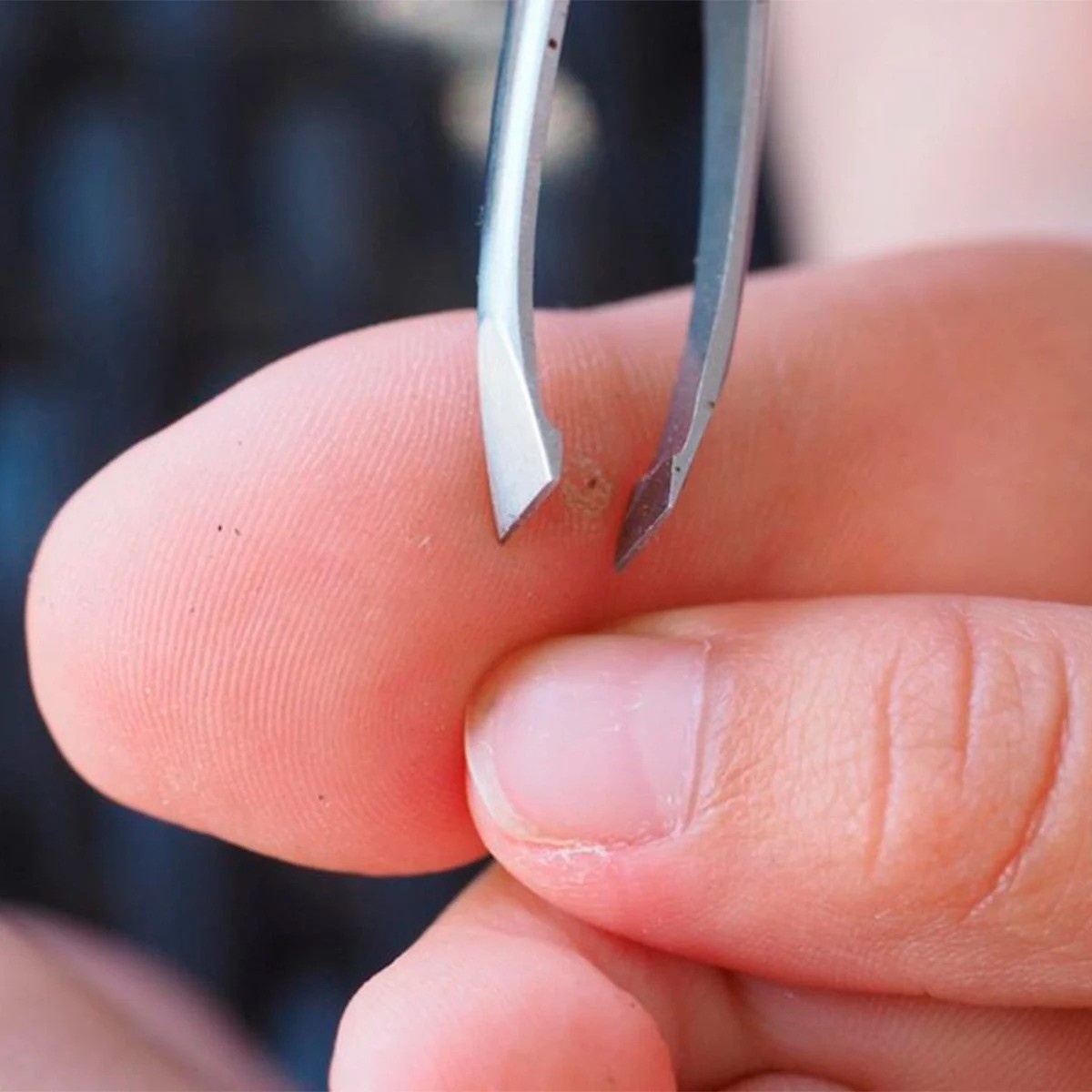
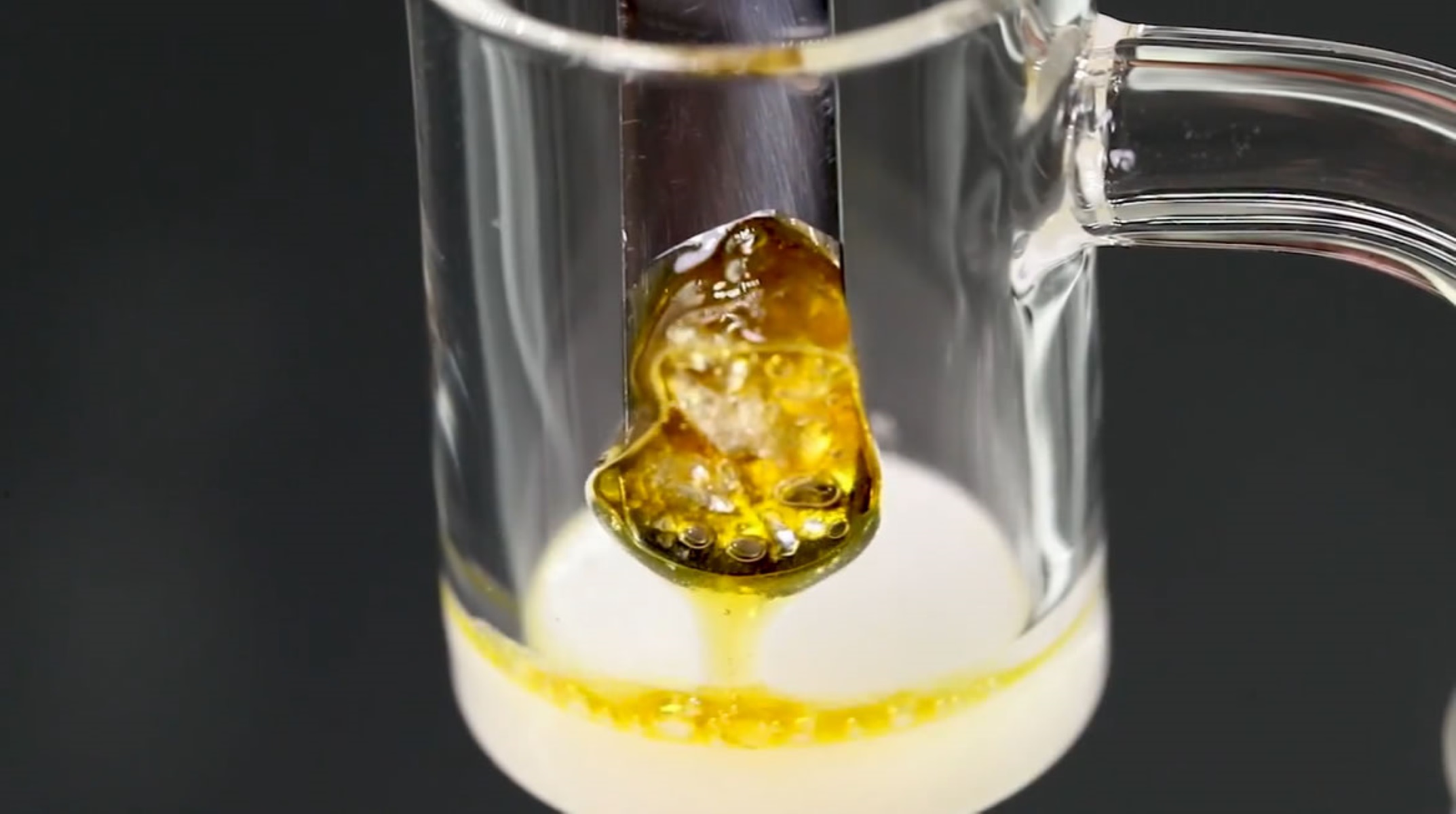
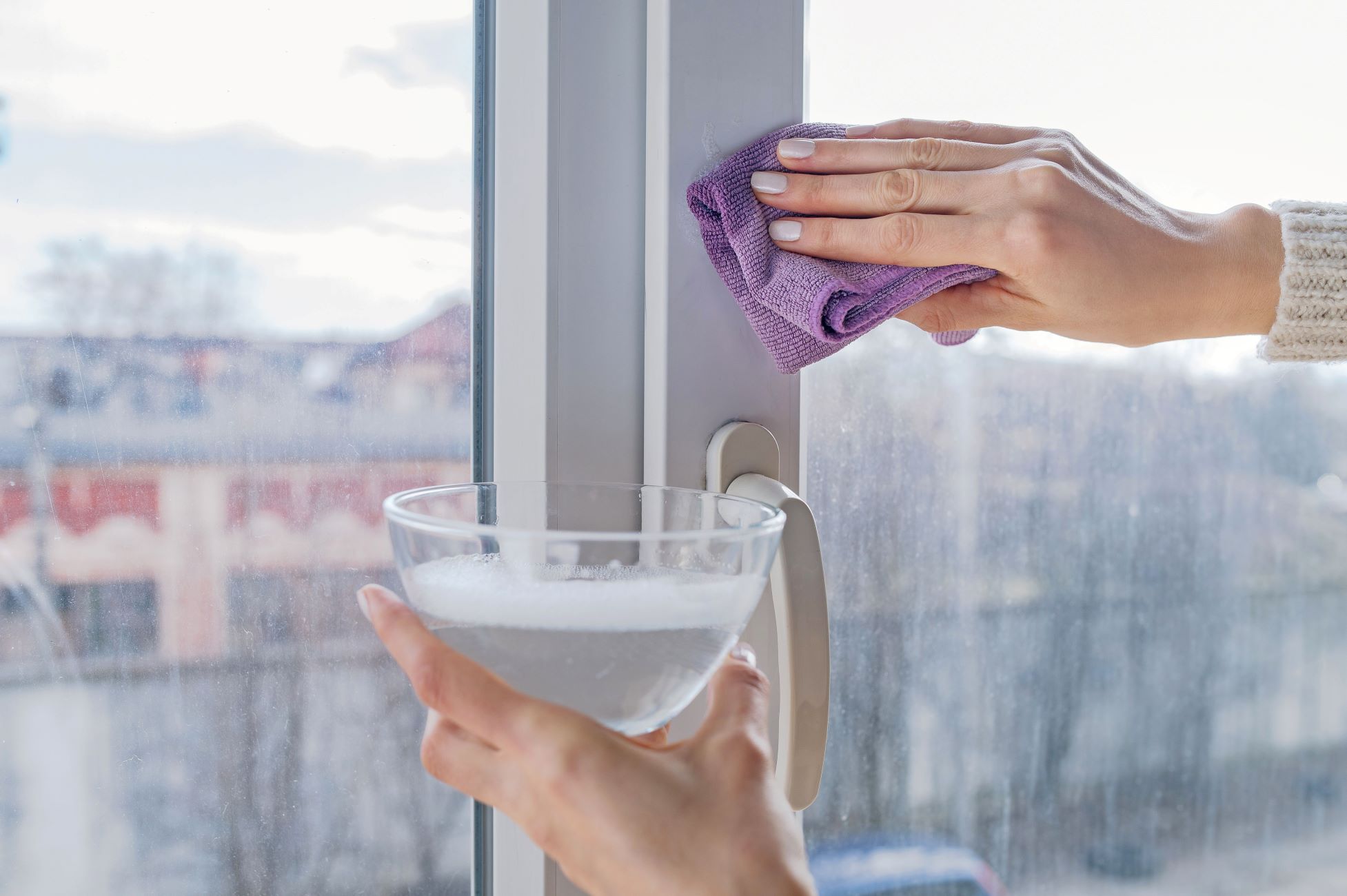
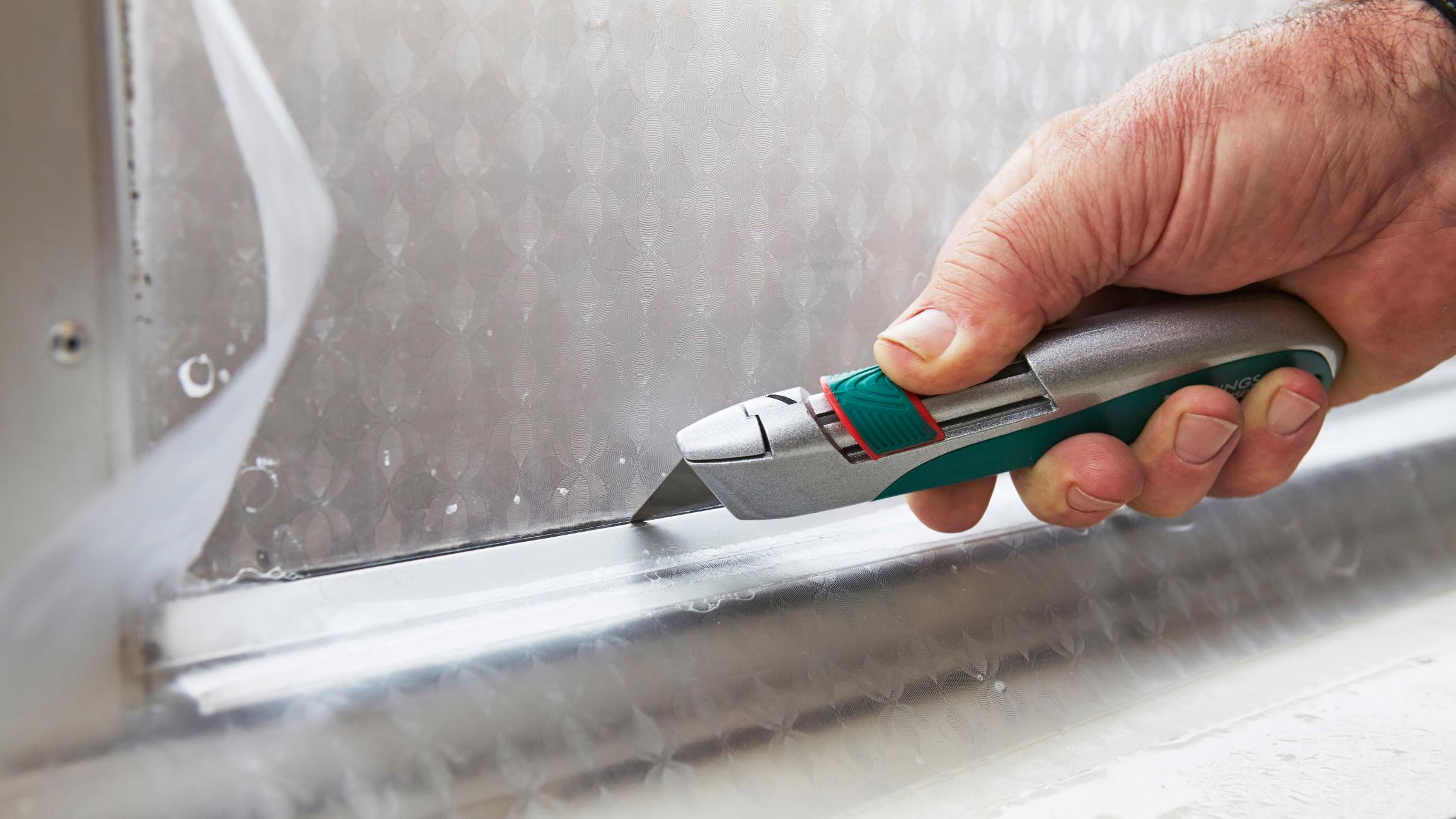
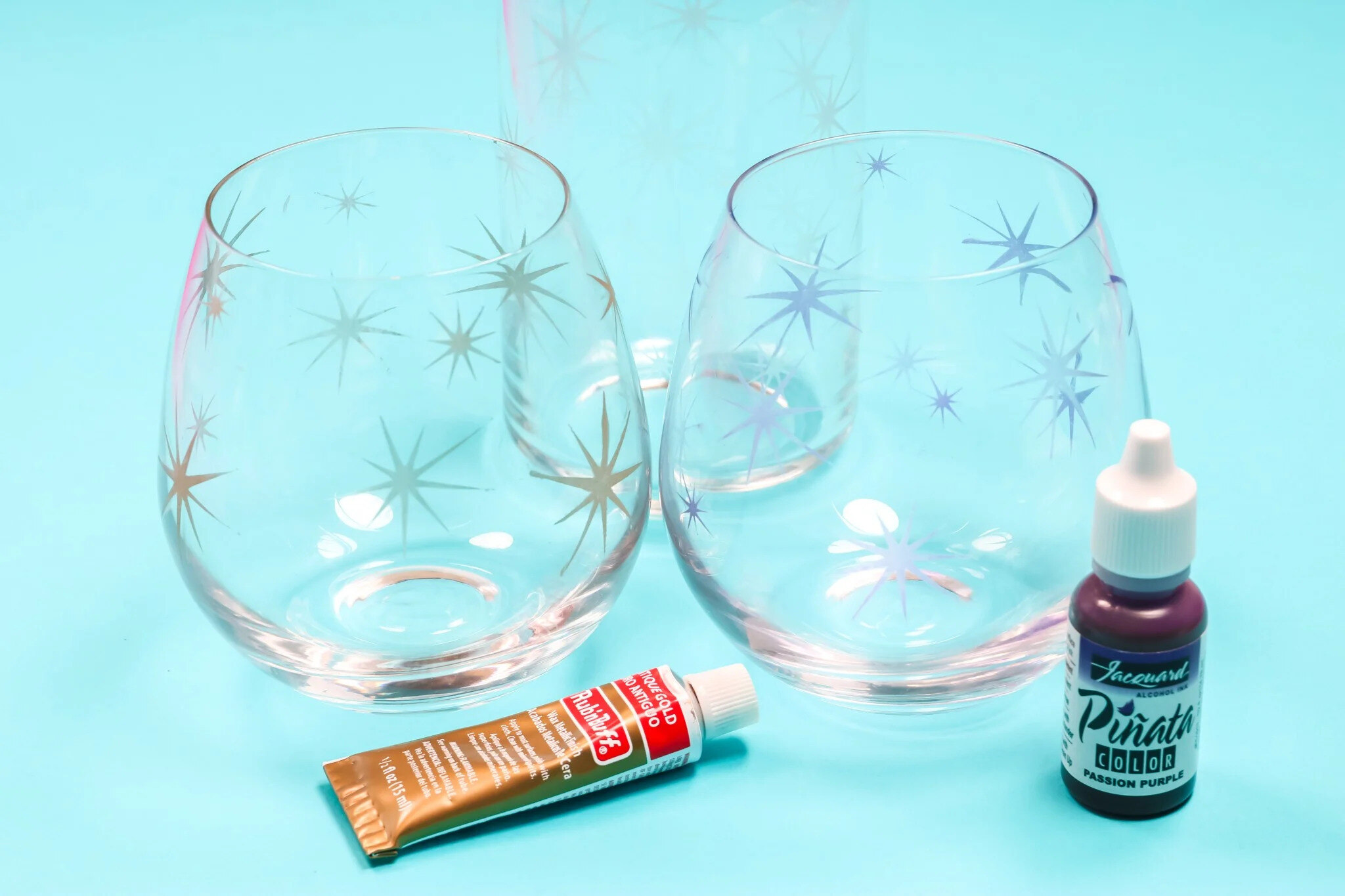
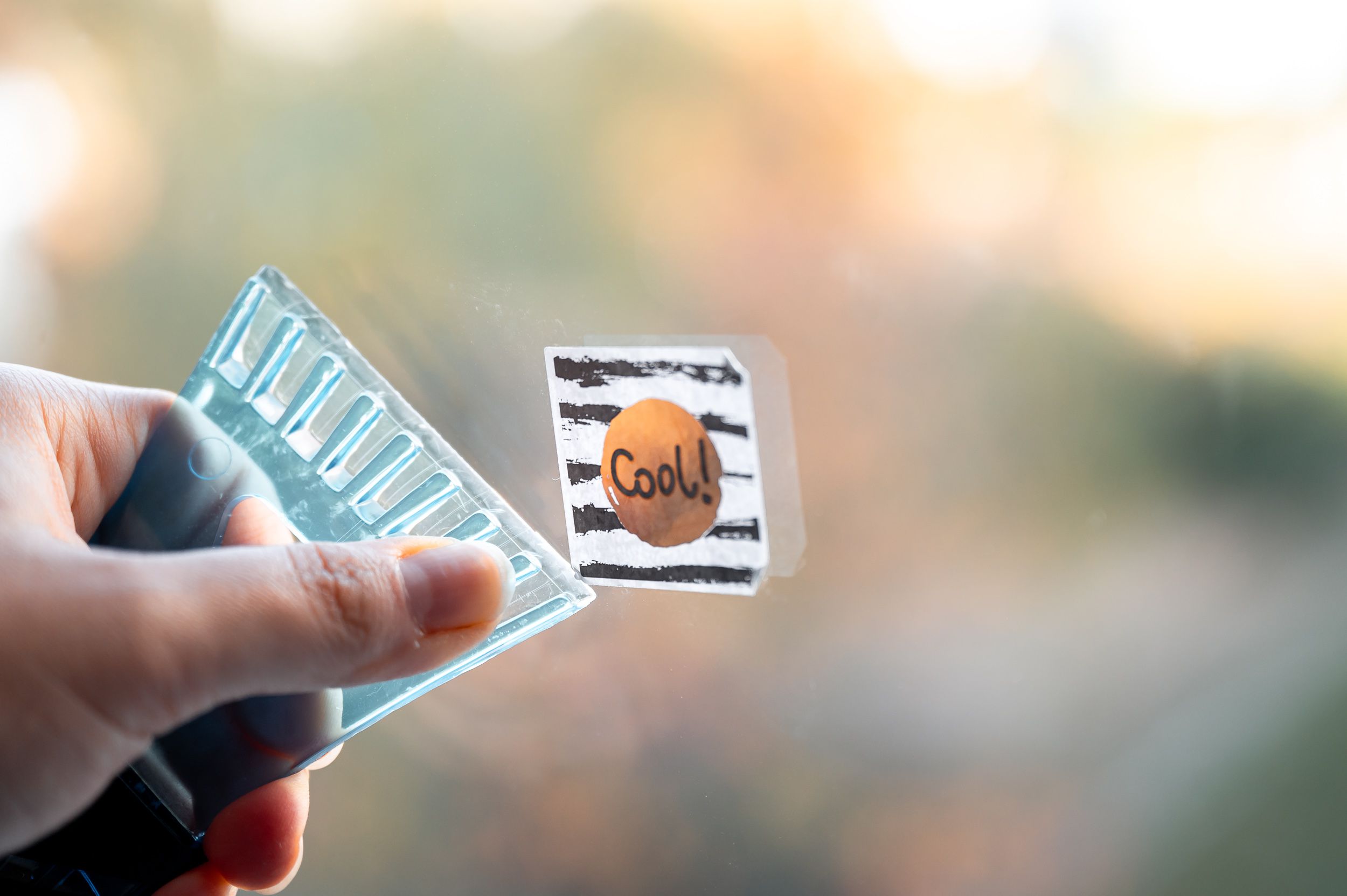
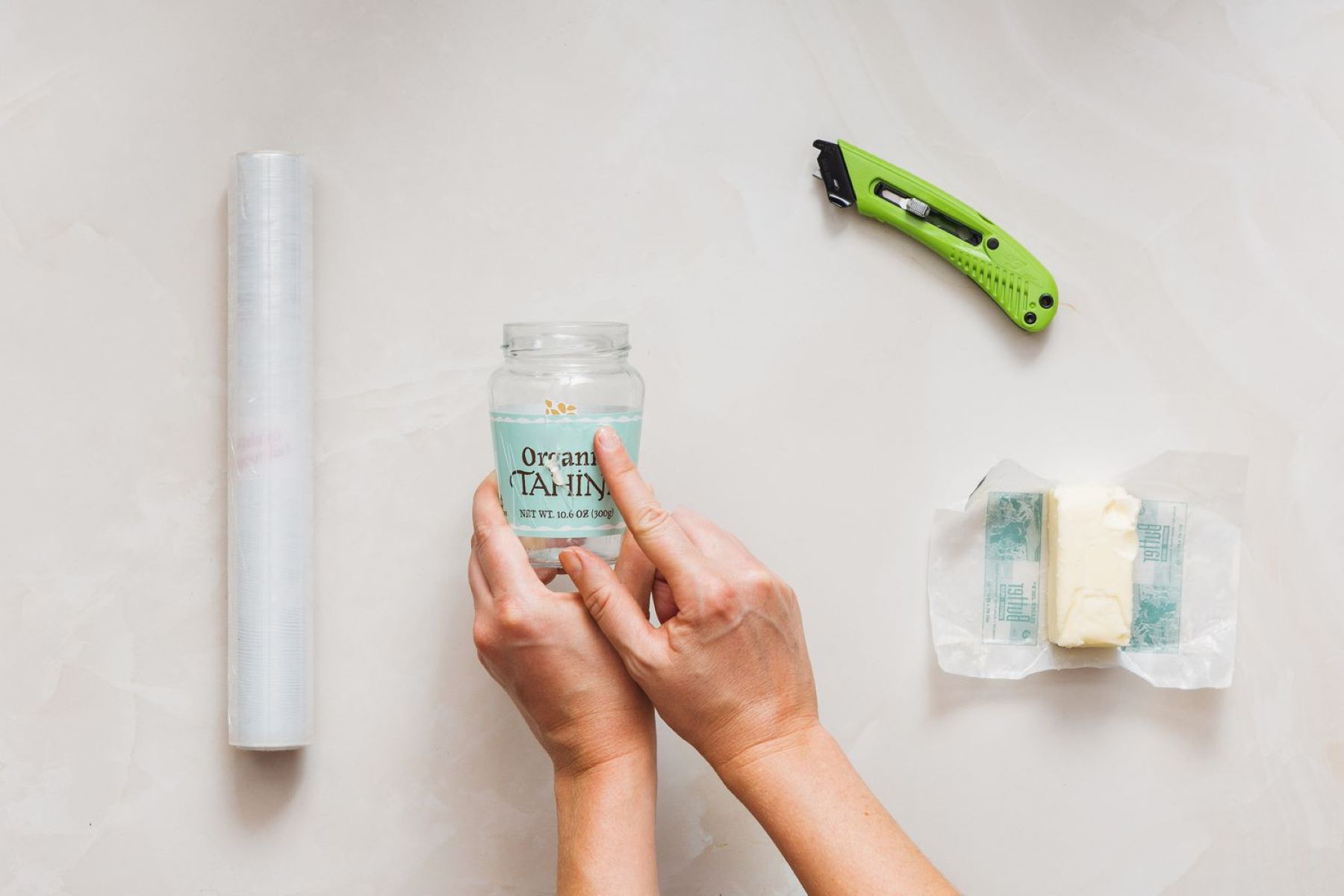
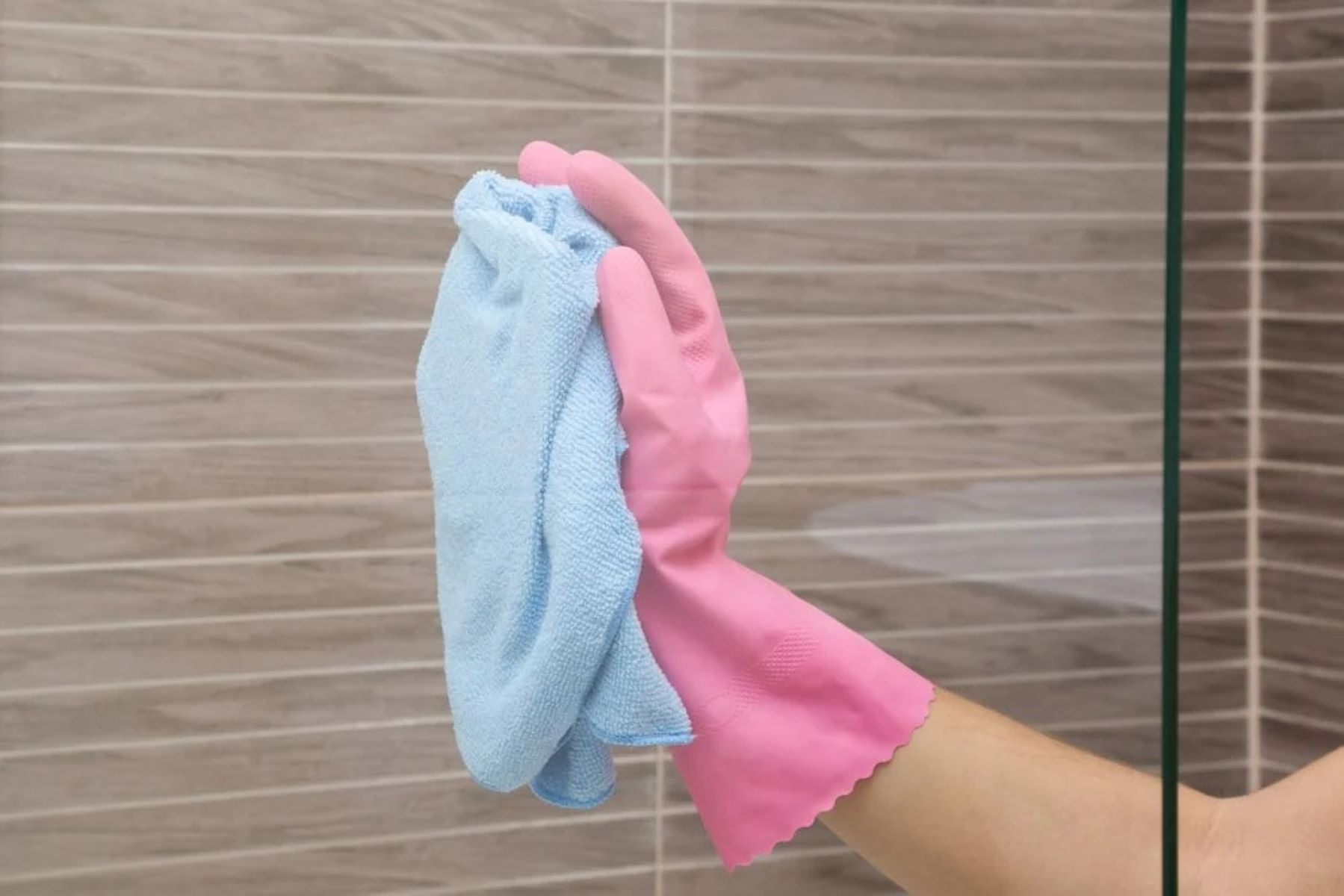
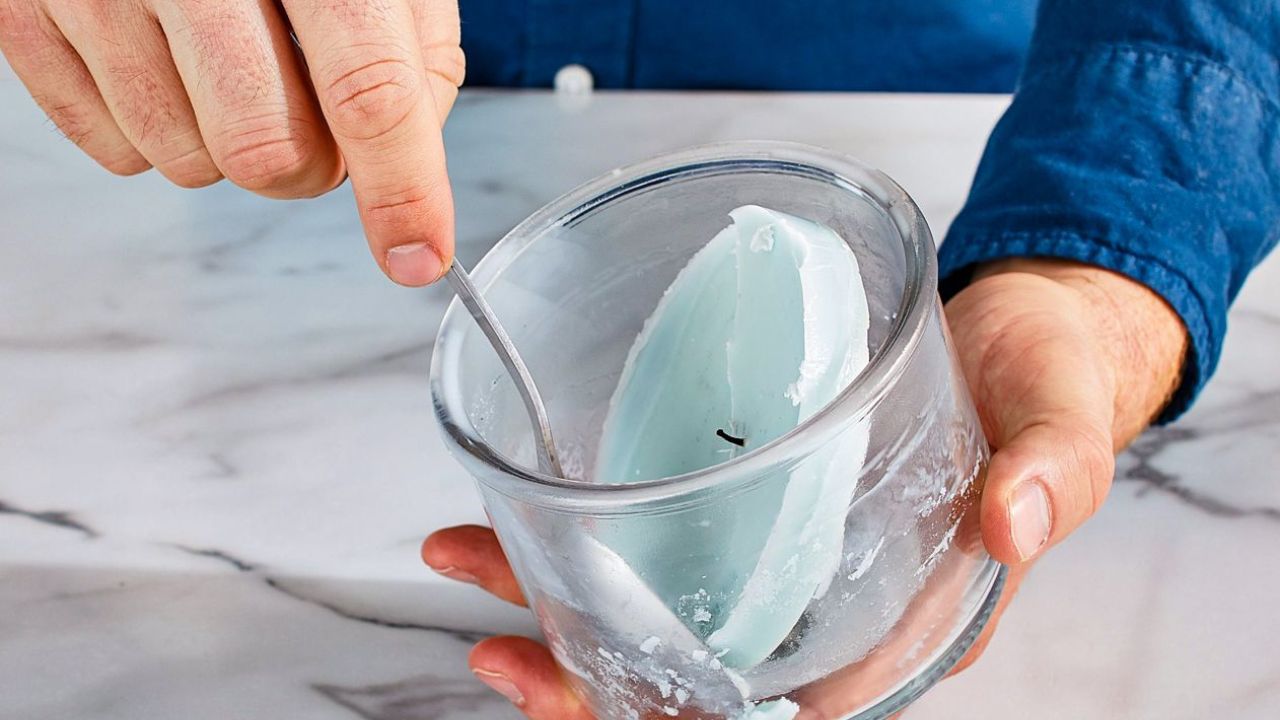
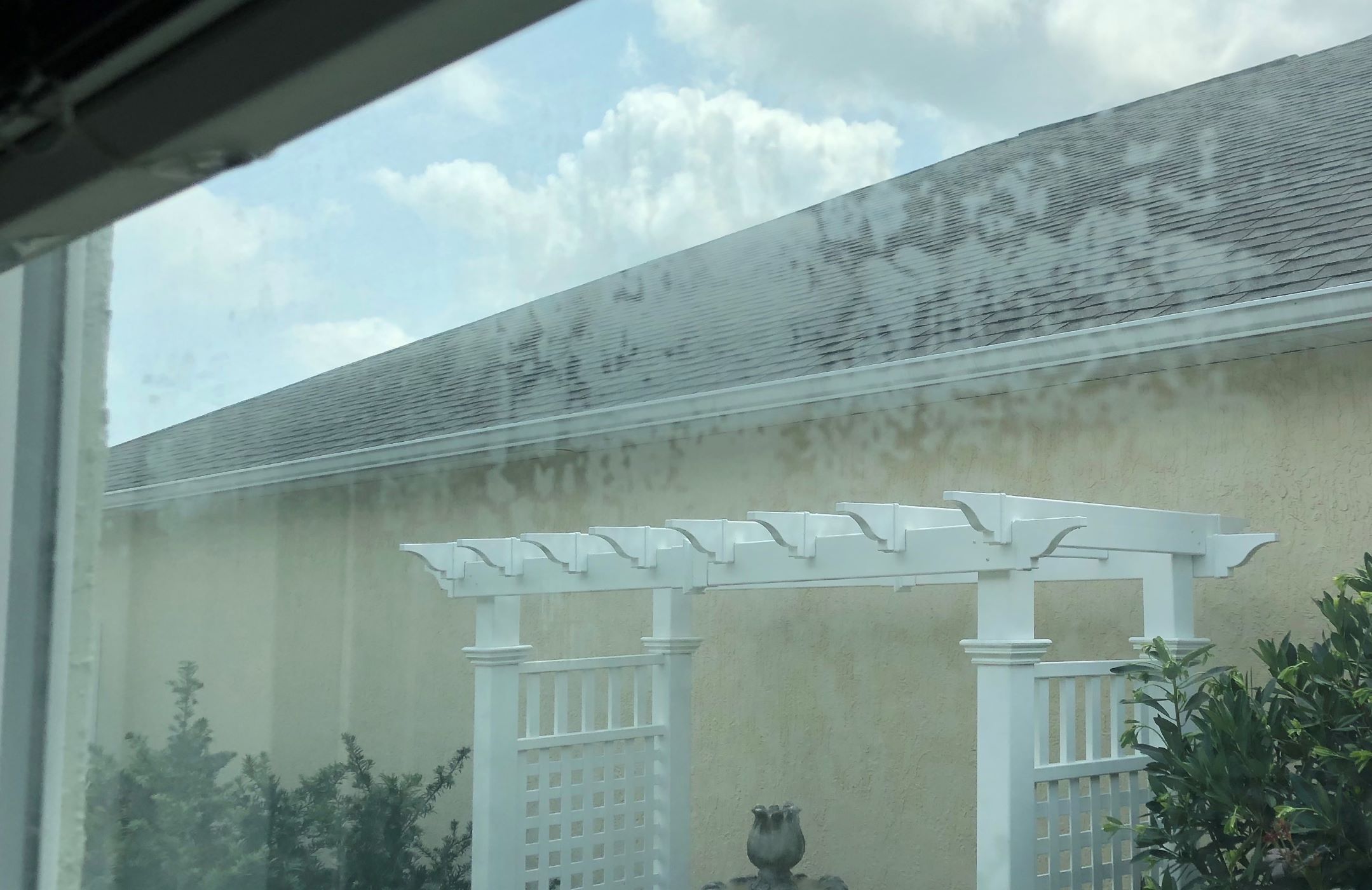
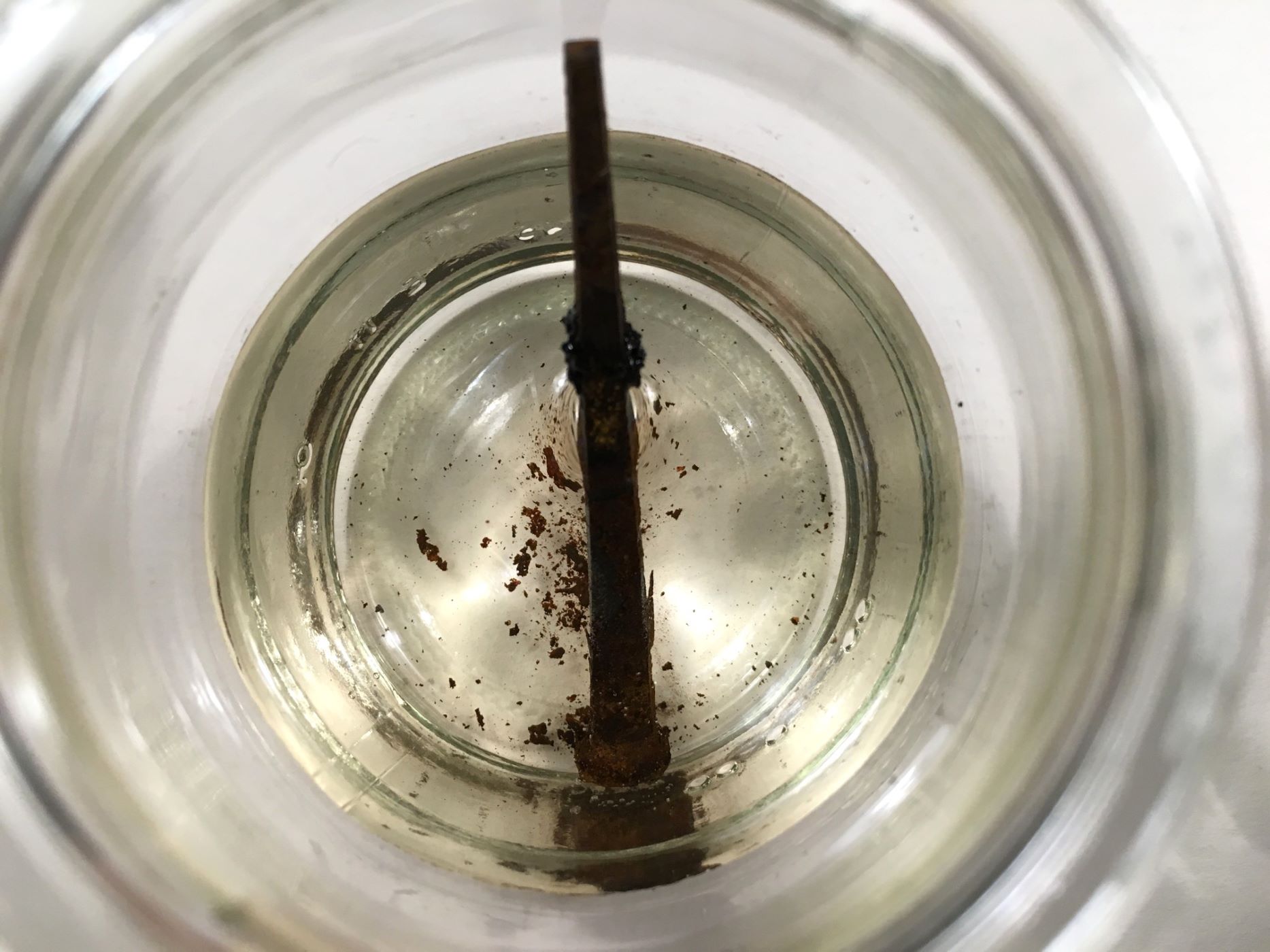
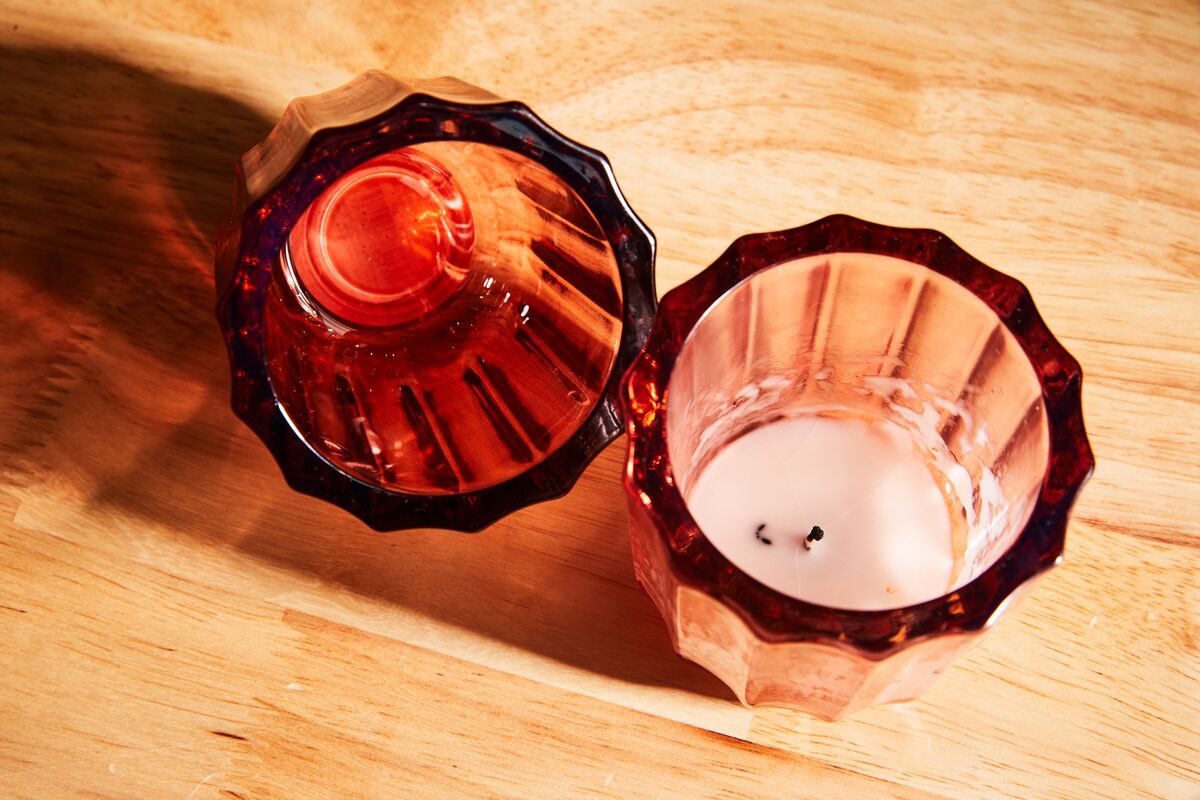
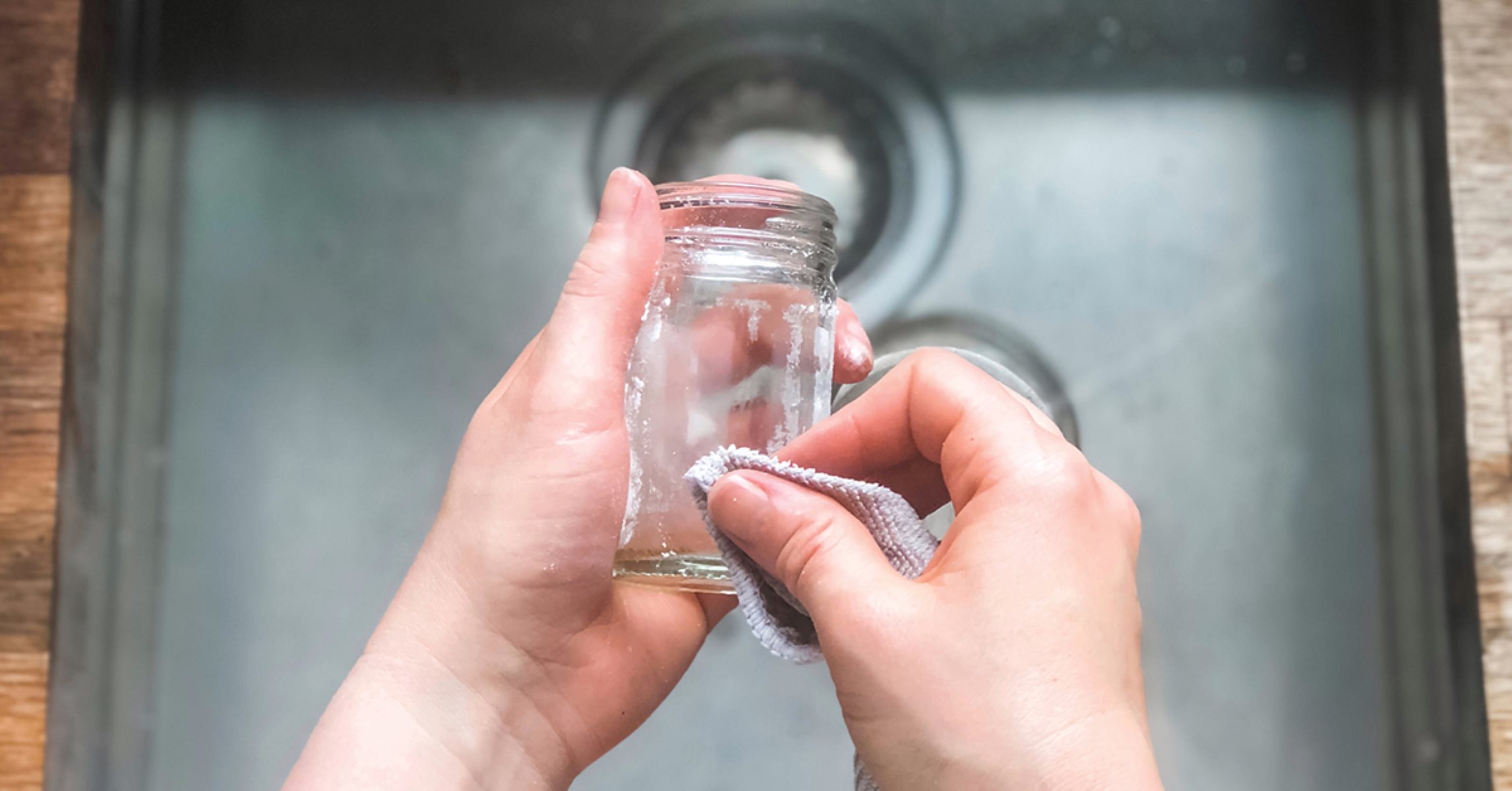
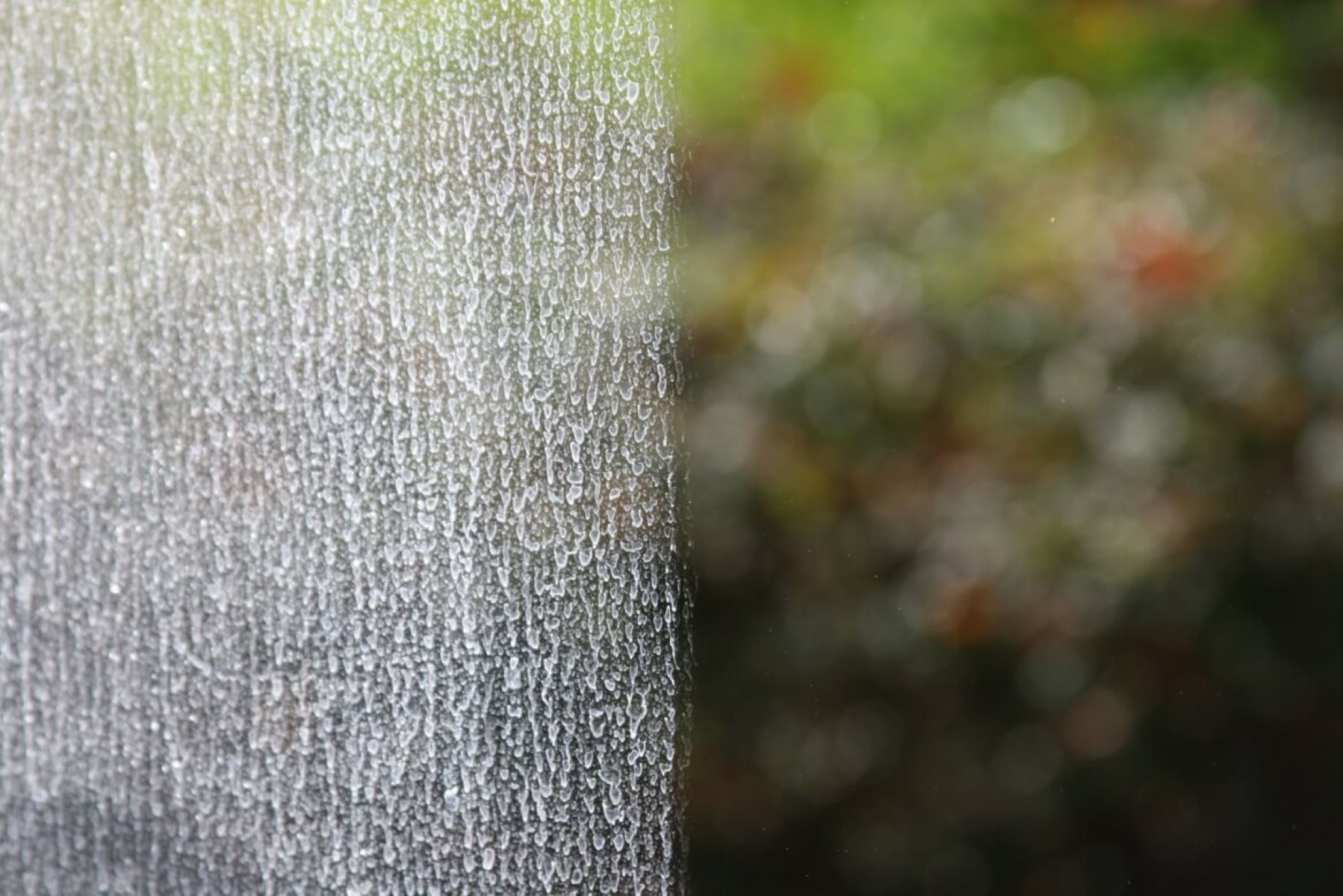

0 thoughts on “How To Remove Resin From Glass”